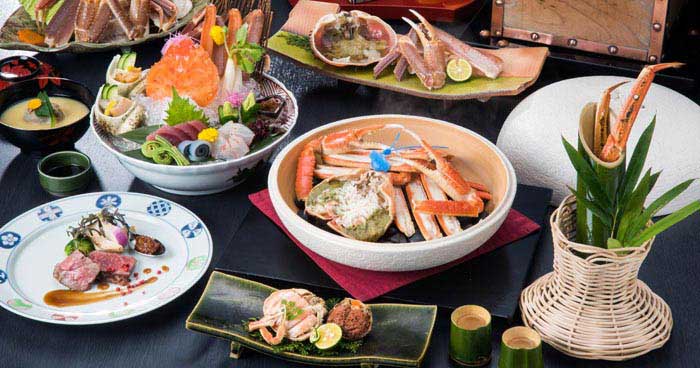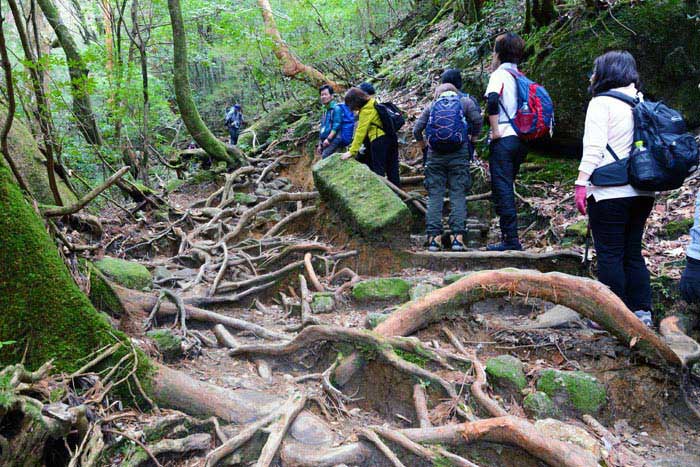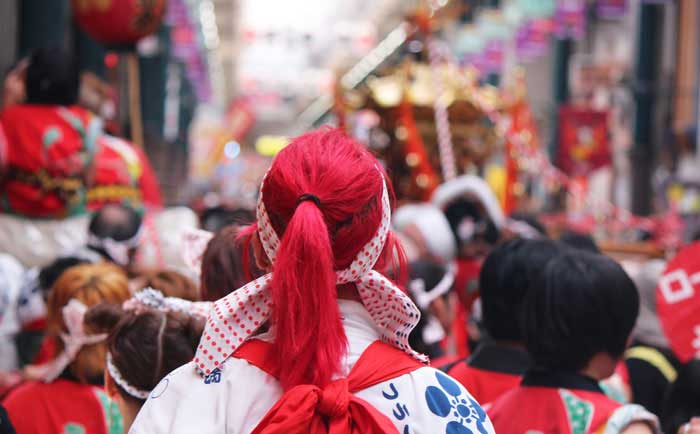Tokyo is the biggest city in Japan. In this place, a lot of things seems unique and you may not find something in Tokyo like any other places in the world. Here is some list of must-see things in Tokyo.
Cat Café
Outside Tokyo a little, exactly at Chiba prefecture, you can find this café with cat all around the place. You can pet them, stroke them, give some treat, and the most fun is to play with fox tails toys, or any other cat toys. They have strict rules about not to chase them to cuddle, and let them approach near you. No sandals or shoes inside the café. The cats are not placed in a cage, but they are bounce everywhere at the café. Inside the basket, upon the cat-trees, on the table, and chair. If you live in an apartment and cannot have a pet, then you might want to visit this cafe sometimes. This café makes you forget about the outside world of Tokyo as the busiest city. It can make you relax and rest for a while.
Maid Café
Like the story of a manga or the Japanese comics, which the characters are often a cute girl use a short maid dresses colored in black with a white apron. This kind of dresses is very famous and recognizable between the manga reader around the world and the manga-ka (refer to the manga maker). Tokyo has brought this kind of maid-things into a maid in a realistic restaurant. Every guest is served as the master, and be greeted "Welcome home, Master". This might be the most desirable place for manga lovers all around the world.
Onsen
Onsen, or a natural hot spring, which is very famous and also the first thing to visit when you went to Japan. Not only for tourists, the local Tokyo people also loves to soak in an onsen and become one of their holiday destination too. There also a theme park onsen named Oedo Onsen Monogatari. Usually, they provide yukata or thin kind of kimono for the guests to be wear while in the onsen area.
Food
Japanese food is the most recognizable in the world, as much as French cuisine. Food is the most passionate culinary both for tourist and the local people. If you watch Japan TV, about half of it shows anything about food. There's why a lot of food model made from plastic displayed in front of the restaurant. Kappabashi-Dori is one of the places sold this kind of food models. You have to see the details and how much it resembles the real food. It's really are a fantastic art to enjoy.
The department store
You have to make a swift visit to the department store, although you didn't need anything to buy. You can see a melon with $100 price and other things which are rare and edibles. The fancy thing to buy, but it is worth it since it handled with care. They touch it only when they wear gloves. The taste? Is not something to be asked, the taste, the texture, the price just warrants it all. The Tokyo people shop at this department store, but this kind of fancy fruit is not something to but daily, but it will make a good gift.
Vending Machines
It heard nothing special about it, but in fact, this is very interesting to gawk at a vending machine at Tokyo. You can find vending machines in every corner of Tokyo. But something interesting about it, you must see what they sold inside there. They contain hot canned coffee, cold green tea in bottles, canned bread, beer, hot noodles, and even umbrellas. The technology is also unique and modern. The vending machines menu in a touch screen, and even the face recognition software.
The toilet
Curious about the toilet? Most of them are the usual toilet, but sometimes they have cool features like seat warmers, air dryers, adjusting water pressure, some are surprisingly interesting to raise and lower the seats.
Gundam statue
There's also something to see in Odaiba. Right here, stands a 35 meters tall and 35 tons weight the famous mobile suit Gundam, with the scale 1:1. The famous anime make the idea. They built it to celebrate the 30th anniversary of the anime in 2009.




